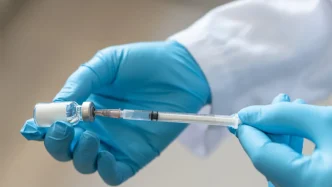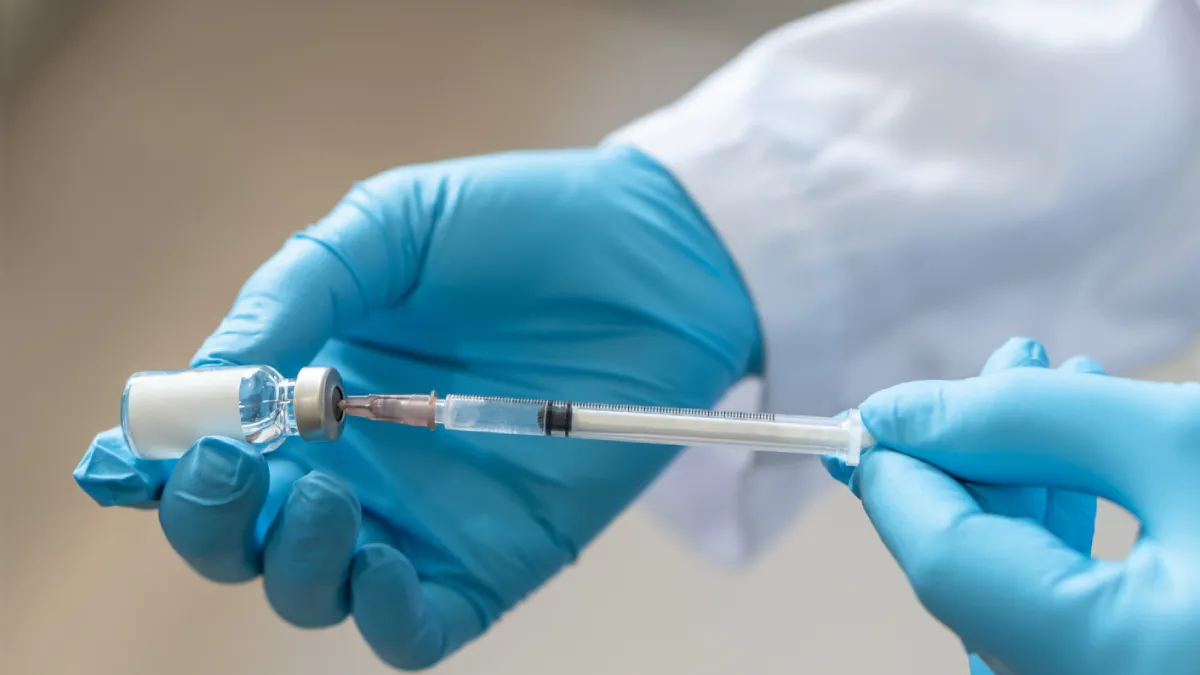In a significant step forward for public health, the Philippines has recorded a sharp decline in the number of unvaccinated children in 2023, with the figure dropping by 47 percent compared to the previous year. However, despite this progress, the country remains among the nations with the highest numbers of “zero-dose” children—those who have not received critical vaccinations in their first year of life. This development, detailed in a recent study published in The Lancet medical journal, underscores both national achievements and the broader global struggle to ensure equitable access to lifesaving immunizations.
A Marked Improvement, Yet Concerns Remain
According to the Global Burden of Disease Study Vaccine Coverage Collaborators, the number of Filipino children aged one year and below who received no doses of the diphtheria, tetanus, and pertussis (DTaP) vaccine fell to 85,907 in 2023, down from 163,000 in 2022. This decline represents a substantial improvement for a nation that, between 2020 and 2022, ranked fifth worldwide with one million unvaccinated children in this age group. By 2023, the Philippines had slipped to 36th place among 204 countries, a shift that reflects growing efforts to bolster immunization programs.
The study also noted that the country achieved a vaccination coverage rate of 96 percent among 2.2 million children under one year old, placing it 75th globally for coverage. Under the Department of Health’s national immunization program, the DTaP vaccine is offered free of charge at public health centers as part of a pentavalent vaccine, which also protects against Haemophilus influenzae type B and hepatitis B. This comprehensive approach has evidently contributed to the recent gains.
Yet, while these figures signal progress, they also highlight persistent challenges. The Philippines’ high coverage rate stands in contrast to the global picture, where inequities in vaccine access remain stark. For many Filipino families, particularly in remote or underserved areas, barriers such as limited healthcare infrastructure, poverty, and misinformation continue to hinder full immunization.
Global Context: A Warning for the Future
The Lancet study paints a sobering picture of global immunization efforts, warning that without “transformational improvements in equity,” the world will fail to meet vaccination targets set for 2030. Senior study author Dr. Jonathan Mosser from the Institute for Health Metrics and Evaluation at the University of Washington emphasized the urgency of addressing these disparities. “Despite the monumental efforts of the past 50 years, progress has been far from universal. Large numbers of children remain under- and unvaccinated” he said.
Dr. Mosser pointed to multiple factors contributing to faltering immunization rates worldwide, including persistent global inequalities, disruptions caused by the COVID-19 pandemic, and the rise of vaccine misinformation and hesitancy. These issues, he argued, heighten the risk of outbreaks of preventable diseases, making targeted interventions essential to ensure all children benefit from vaccinations. “Routine childhood vaccinations are among the most powerful and cost-effective public health interventions available” he added, underscoring the need for renewed global commitment.
For the Philippines, the global context serves as both a benchmark and a cautionary tale. While the country has made strides in reducing its zero-dose population, the broader challenges of equity and access resonate deeply. The COVID-19 pandemic, in particular, exposed vulnerabilities in the nation’s healthcare system, with lockdowns and resource constraints disrupting routine immunizations in 2020 and 2021. Although recovery efforts have gained traction, the risk of backsliding remains if systemic issues are not addressed.
Local Barriers to Full Coverage
In the Philippines, achieving universal vaccination coverage is complicated by a range of structural and social factors. Rural and remote areas often lack sufficient health centers, trained personnel, and reliable supply chains for vaccines. For families in these regions, the cost of travel to urban centers—where facilities are more accessible—can be prohibitive. In addition, cultural beliefs and misinformation about vaccine safety have fueled hesitancy among some communities, a problem exacerbated by social media and historical distrust in public health initiatives.
One notable example is the fallout from the Dengvaxia controversy in 2017, when concerns over the safety of a dengue vaccine led to widespread public skepticism about immunization programs. Although the Department of Health has since worked to rebuild trust through community outreach and education campaigns, the incident left a lasting impact on vaccine uptake in certain areas. Public health experts suggest that tailored interventions—such as mobile vaccination units and partnerships with local leaders—could help bridge these gaps.
Moreover, economic disparities play a significant role. While vaccines are provided free of charge in public facilities, indirect costs such as lost wages for parents taking time off work to bring their children for shots can deter participation. Addressing these socioeconomic barriers will require not only health policy reforms but also broader efforts to alleviate poverty and improve access to basic services.
Policy Responses and Future Directions
The Philippine government has taken steps to strengthen its immunization framework in recent years, with the Department of Health prioritizing outreach to underserved populations. Programs targeting zero-dose children have included door-to-door vaccination drives and partnerships with non-governmental organizations to reach isolated communities. Additionally, public awareness campaigns have sought to counter misinformation by providing clear, evidence-based information about vaccine safety and efficacy.
At the international level, the Philippines has benefited from support through initiatives like Gavi, the Vaccine Alliance, which helps fund immunization programs in low- and middle-income countries. Such partnerships have been instrumental in expanding access to vaccines, particularly in the wake of the COVID-19 pandemic, which strained national health budgets. However, sustaining these efforts will require long-term investment in domestic healthcare infrastructure, as well as policies that address the root causes of inequity.
Looking ahead, experts argue that the Philippines must focus on data-driven strategies to identify and target zero-dose populations. This could involve leveraging technology—such as digital health records and mobile apps—to track immunization status and send reminders to parents. Equally important is the need to train more community health workers who can serve as trusted advocates for vaccination in their localities.
The Human Cost of Inaction
Behind the statistics are real human stories of vulnerability and loss. Unvaccinated children face heightened risks of contracting preventable diseases like diphtheria and pertussis, which can lead to severe illness or death. Outbreaks of such diseases not only endanger individual families but also threaten broader public health by undermining herd immunity. In a country as densely populated as the Philippines, with urban slums and crowded rural villages, the spread of infectious diseases can be rapid and devastating.
For parents, the decision to vaccinate is often shaped by a complex mix of access, information, and trust. In interviews with local media, some Filipino mothers have expressed frustration over long wait times at health centers, while others cite fears of side effects based on rumors circulating in their communities. These concerns, though often unfounded, reflect the urgent need for empathetic and effective communication from health authorities.
A Call for Collective Action
The progress made by the Philippines in reducing the number of unvaccinated children is a testament to the power of coordinated public health efforts. Yet, as the Lancet study makes clear, this is no time for complacency. The global immunization crisis demands a collective response—one that prioritizes equity, counters misinformation, and invests in resilient health systems.
For the Philippines, the path forward lies in building on recent gains while tackling the systemic barriers that continue to leave some children behind. As the world watches the unfolding fight against vaccine-preventable diseases, questions remain about whether nations can muster the political will and resources needed to protect their most vulnerable populations. In Manila and beyond, the stakes could not be higher.
















